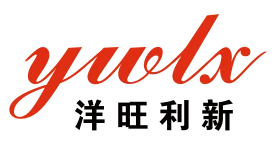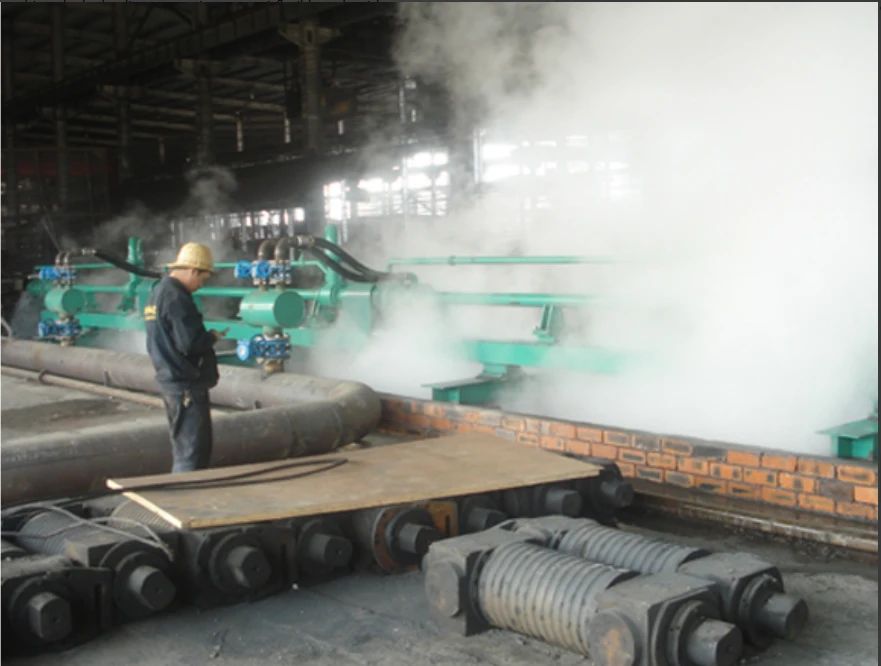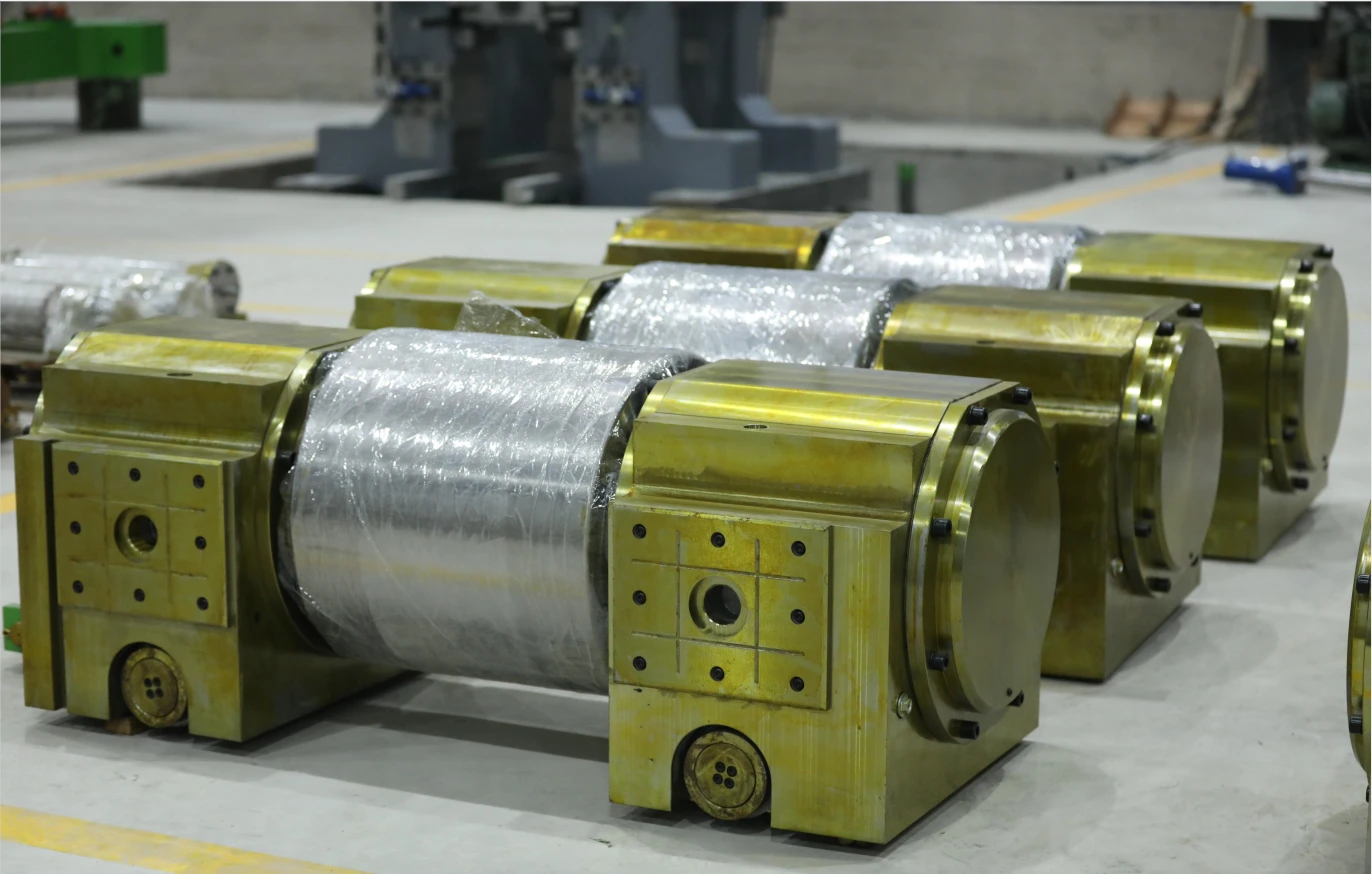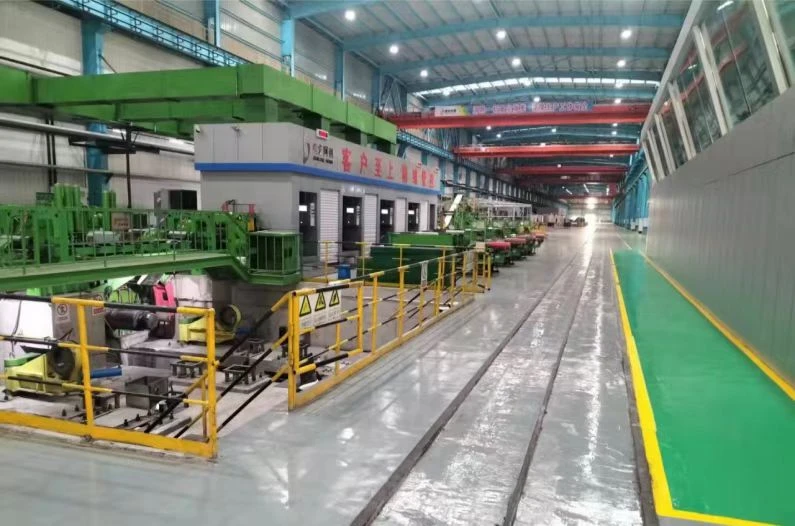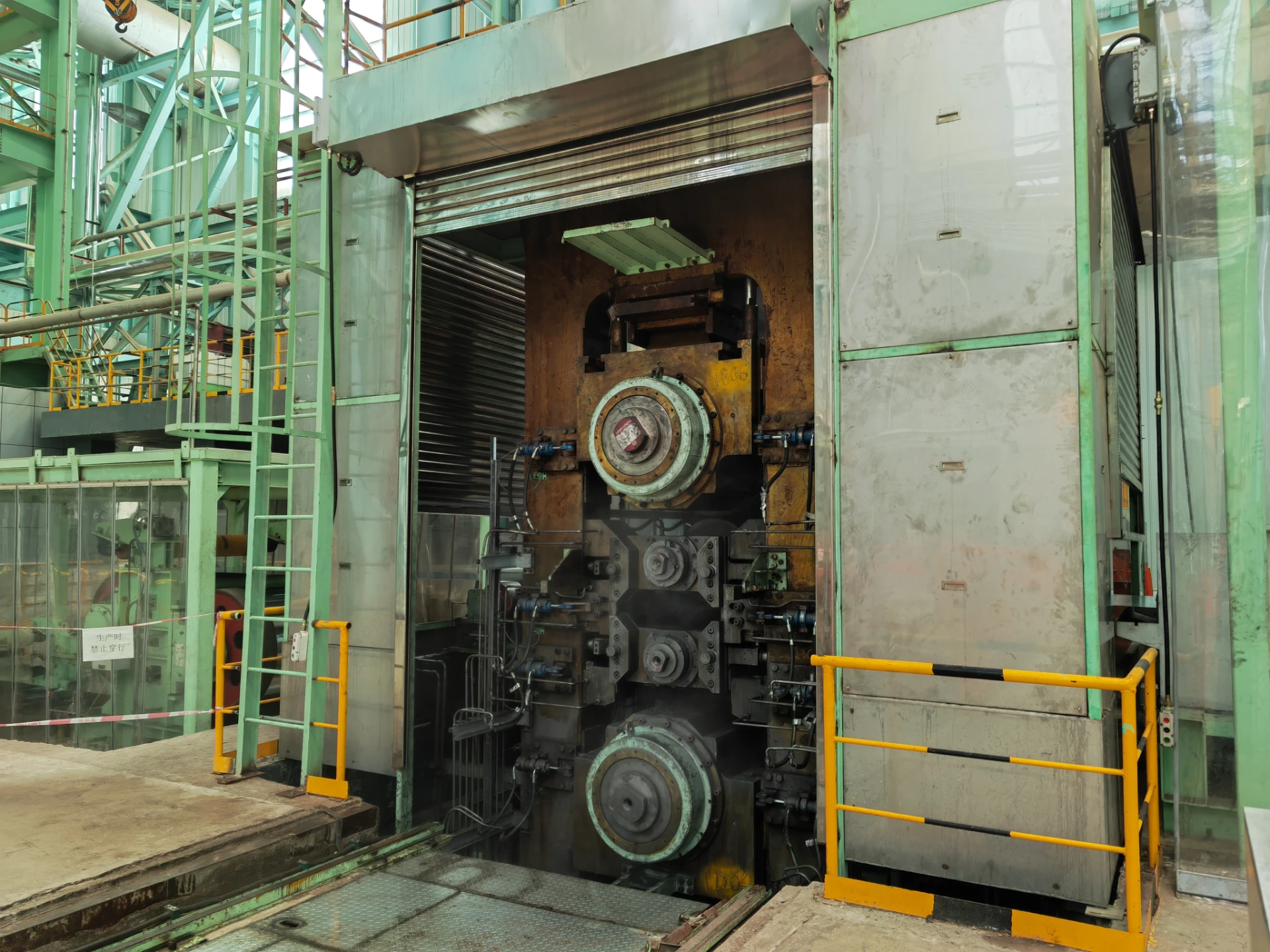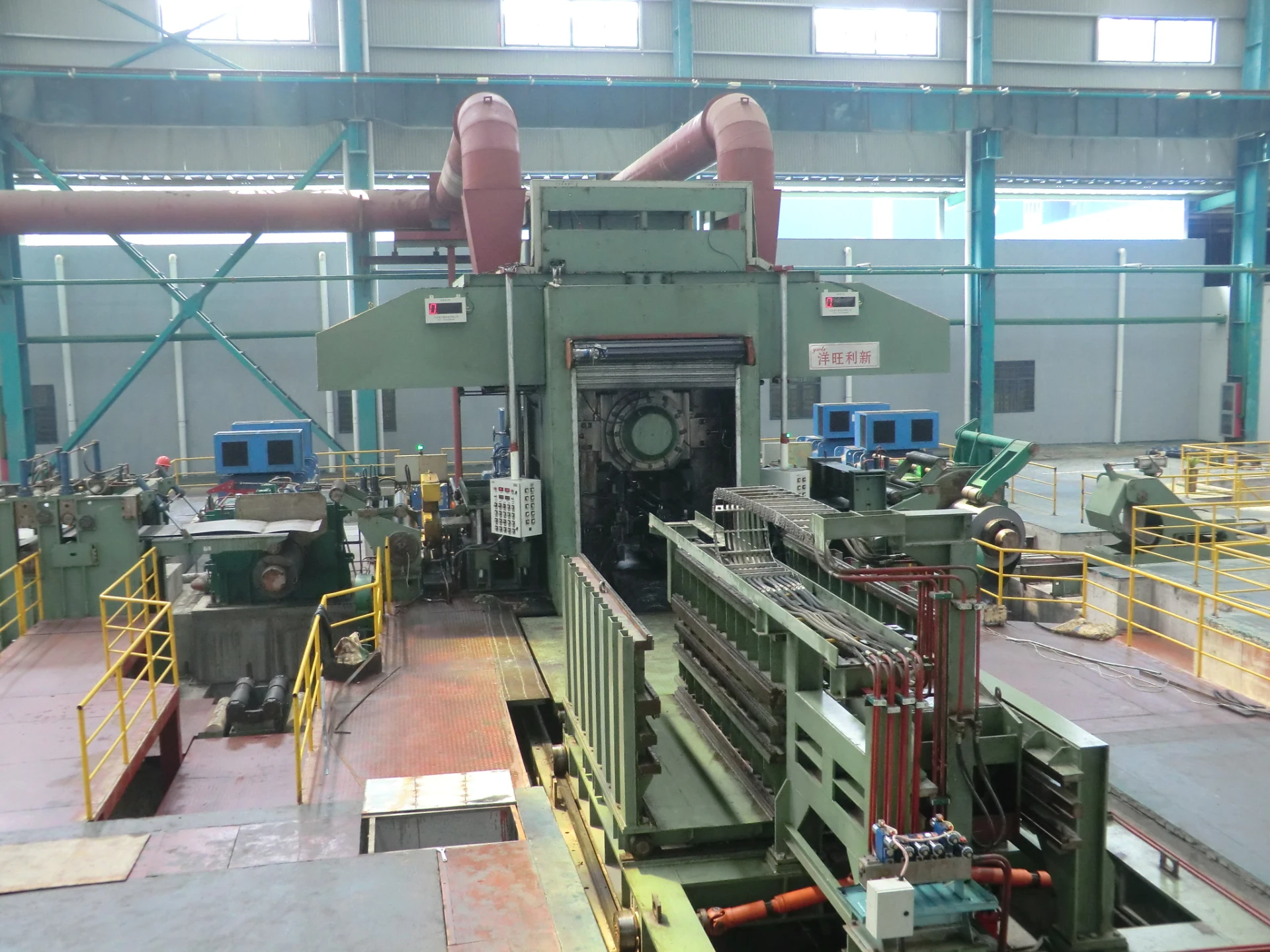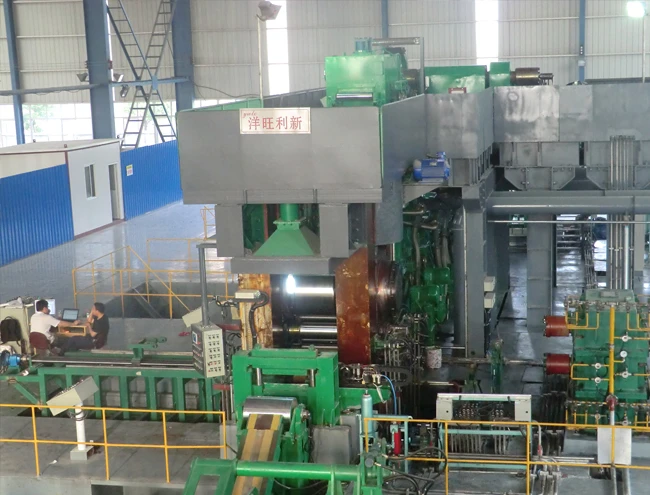
Reversible Rolling Mills: Precision for Hot & Cold Steel Processing
Advanced Solutions for Hot and Cold Steel Processing
Beijing Yang Wang Li Xin Sci&Tech Co.,Ltd.
Industry leader in rolling mill solutions since 2015, specializing in innovative Hot/Cold Rolling Production Lines for specialized applications like Z-type steel for ocean petroleum casing pipes.
Introduction to Reversible Rolling Mill Technology
The reversible rolling mill represents a significant advancement in metal forming technology, offering unprecedented flexibility in both hot and cold steel processing applications. Unlike conventional unidirectional mills, reversible mills allow the workpiece to pass back and forth between rolls, achieving precise thickness reductions with enhanced efficiency. This technology has revolutionized production capabilities in steel manufacturing facilities worldwide.
At Beijing Yang Wang Li Xin Sci&Tech Co.,Ltd., we specialize in designing and implementing cutting-edge reversible rolling systems for both hot strip steel mill and cold rolling mill applications. Our solutions integrate decades of metallurgical expertise with advanced control systems to deliver exceptional performance.

Contemporary reversible rolling mills can process a wide variety of metals including carbon steel, stainless steel, aluminum alloys, and specialty metals. Modern installations like our Hot/Cold Rolling Production Line incorporate precision hydraulic gap control, automatic shape detection, and closed-loop tension systems that ensure dimensional tolerances within ±0.5% of target thickness.
Technical Parameters of Modern Reversible Mills
The engineering specifications of reversible rolling equipment have evolved significantly over the past decade. Below is a comprehensive comparison of technical parameters across various mill types:
| Parameter | Reversible Hot Mill | Reversible Cold Mill | Tandem Mill |
|---|---|---|---|
| Rolling Speed | 6-12 m/s | 15-42 m/s | 8-25 m/s |
| Max. Roll Force | 4,500-6,000 tons | 2,500-3,500 tons | 1,200-2,500 tons |
| Material Thickness Range | 10-250 mm | 0.15-6 mm | 0.5-6 mm |
| Width Capacity | 1,000-2,500 mm | 600-2,100 mm | 600-2,100 mm |
| Thickness Tolerance | ±0.5-1% | ±0.1-0.5% | ±0.5-1.5% |
| Annual Capacity | 500,000-1.5M tons | 300,000-800,000 tons | 250,000-500,000 tons |
The flexibility of reversible rolling mill technology allows for processing of a wider range of materials compared to conventional rolling systems. Modern designs incorporate sophisticated automation that reduces setup time between product changes by up to 70%, resulting in significant efficiency improvements in batch processing environments.
"Reversible mills have become the backbone of modern steel production, offering unmatched flexibility in today's demanding manufacturing environment." - International Journal of Advanced Manufacturing Technology (Source)
Technological Evolution: Reversible Mills
Innovation Highlight: YWLX Z-type Steel Production
In 2015, Beijing Yang Wang Li Xin Sci&Tech Co.,Ltd. successfully developed the first production line of special Z-type steel for ZSB ocean petroleum casing pipe. This revolutionary reversible rolling mill solution addressed critical import dependency issues that affected China's energy sector.
Our achievement broke a longstanding international monopoly held by Japanese and German manufacturers. By leveraging our R&D capabilities and decades of experience in metallurgical processes, YWLX engineers developed a unique rolling pass design that solved complex technical challenges in Z-type steel production. Our proprietary process incorporates:
- Advanced roll pass design specifically for Z-profiles
- Precision temperature control during hot rolling
- Closed-loop thickness control with ±0.15mm tolerance
- Automated surface inspection systems
- Energy-optimized reversing cycle algorithms
The operational success of our Hot/Cold Rolling Production Line demonstrates how specialized reversible rolling mill technology can achieve import substitution while creating significant value for the petroleum industry.
Industry Applications & Market Trends
The versatility of reversible rolling mill technology makes it suitable for diverse industrial applications:
Hot Rolling Applications
Reversible hot mills are extensively used in initial breakdown operations for slabs and blooms. Modern facilities incorporate inline heat treatment capabilities that allow:
- Production of heavy plates for shipbuilding (up to 250mm thickness)
- Steel coils for automotive chassis components
- Structural steel beams and columns for construction
Cold Rolling Applications
Reversible cold mills produce high-precision thin gauge materials for:
- Automotive body panels and wheel rims
- Appliance and electronics housings
- Specialty packaging materials
"The global reversible rolling mill market is projected to reach $4.78B by 2028, driven by increased demand from construction and automotive sectors." - Steel Times International Market Report 2024 (Source)
Current industry developments indicate a strong shift toward digitization and sustainability in rolling mill design:
- Implementation of AI-based predictive maintenance systems
- Integration of hydrogen-based heating technologies
- Energy recovery systems capturing up to 35% of braking energy
- Water consumption reduced by 50% in modern designs
Professional FAQ: Rolling Mill Technology
Q: What are the critical differences between hot and cold reversible rolling processes?
A: Hot reversible rolling mill processes operate above recrystallization temperatures (typically 1000-1250°C) to reduce force requirements when processing thick sections. Cold rolling occurs at room temperature and achieves superior surface finishes and tighter tolerances (±0.1mm), but requires significantly higher forces for equivalent reductions.
Q: What material grades can be processed with modern reversible mills?
A: Contemporary reversible mills process carbon steels (1010-1095 series), alloy steels (4140, 4340), stainless grades (300 & 400 series), nickel alloys, titanium alloys, and various non-ferrous materials. The specific capabilities depend on roll composition and mill design.
Q: What installation standards apply to rolling mill foundations?
A: Rolling mill foundations must comply with ISO 1940-1 (balance quality requirements) and ISO 10816 (vibration severity standards). Foundation mass typically exceeds 3-5 times the mill mass to absorb dynamic loads. Concrete specifications require >35MPa compressive strength with vibration-dampening additives.
Q: How do crown control systems work in reversible mills?
A: Modern mills incorporate hydraulic roll bending systems or variable crown rolls that dynamically adjust roll curvature during operation. Closed-loop control systems continuously monitor strip profile using laser scanners and make micron-level adjustments at speeds of up to 15m/s.
Q: What safety standards apply to rolling mill operation?
A: Rolling mills must comply with ISO 13849 (safety-related control systems) and ANSI B11 standards. Critical systems include emergency roll separation, anti-whip devices, infrared body detection systems, and double-redundant PLC controls with SIL-3 safety rating for all protection functions.
Q: How have digital twins transformed rolling mill operations?
A: Digital twin technology creates virtual replicas of physical mills that run in parallel to actual operations. These systems predict roll wear patterns, optimize pass schedules, simulate thermal expansion effects, and forecast maintenance needs with accuracy exceeding 95% in modern implementations.
Q: What are the key maintenance considerations for reversible mills?
A: Regular roll reconditioning is essential with typical intervals of 2-4 weeks for work rolls and 4-6 months for backup rolls. Vibration analysis should be conducted monthly and bearing replacement is typically required after 18-36 months of operation. Modern mills integrate IoT sensors that track bearing temperature, vibration frequency, and oil condition continuously.
Future Outlook and Innovations
The future of reversible rolling mill technology includes several groundbreaking developments:
Intelligent Mills
Next-generation mills incorporate AI systems that optimize rolling parameters in real-time. Machine learning algorithms analyze over 5,000 process variables per second to achieve unprecedented consistency in material properties and dimensional tolerances.
Gigastrength Steels
New metallurgical compositions requiring specialized rolling techniques are being developed. YWLX is collaborating with research institutions on rolling processes for advanced high-strength steels (AHSS) and medium manganese steels capable of 1.5-2.0GPa tensile strength for automotive lightweighting.
Sustainable Operations
The industry is moving toward zero-carbon rolling operations. YWLX is developing hydrogen-fueled reheating furnaces and induction-assisted rolling technologies that reduce energy consumption by up to 45% compared to conventional mills.
"Reversible mills will increasingly function as flexible 'material design' platforms rather than simple thickness reduction systems." - Dr. Elena Rodriguez, Metallurgy Research Director (Journal of Materials Processing Technology)
The integration of additive manufacturing techniques with rolling processes presents particularly exciting opportunities. Emerging hybrid methods allow localized microstructure engineering during rolling operations, enabling functionally graded materials with tailored mechanical properties across a single workpiece.
-
YWLX’s 1450mm Six-Hi Reversing Mill Goes Live in BangladeshNewsNov.24,2025
-
Adjusting Roll Gap in 6Hi Reversing Cold Rolling Mill for Thin StripNewsNov.13,2025
-
Quality Control Standards for Automatic Gauge Control in Strip RollingNewsNov.13,2025
-
Effect of Skin Pass Rolling on Metal DuctilityNewsNov.13,2025
-
Key Components of a Modern TempermillNewsNov.13,2025
-
Common Wear Patterns of Work Roll in Tandem Cold Mill OperationsNewsNov.13,2025
-
Revolutionary Skin Pass Rolling Technology for Enhanced Steel QualityNewsNov.04,2025


